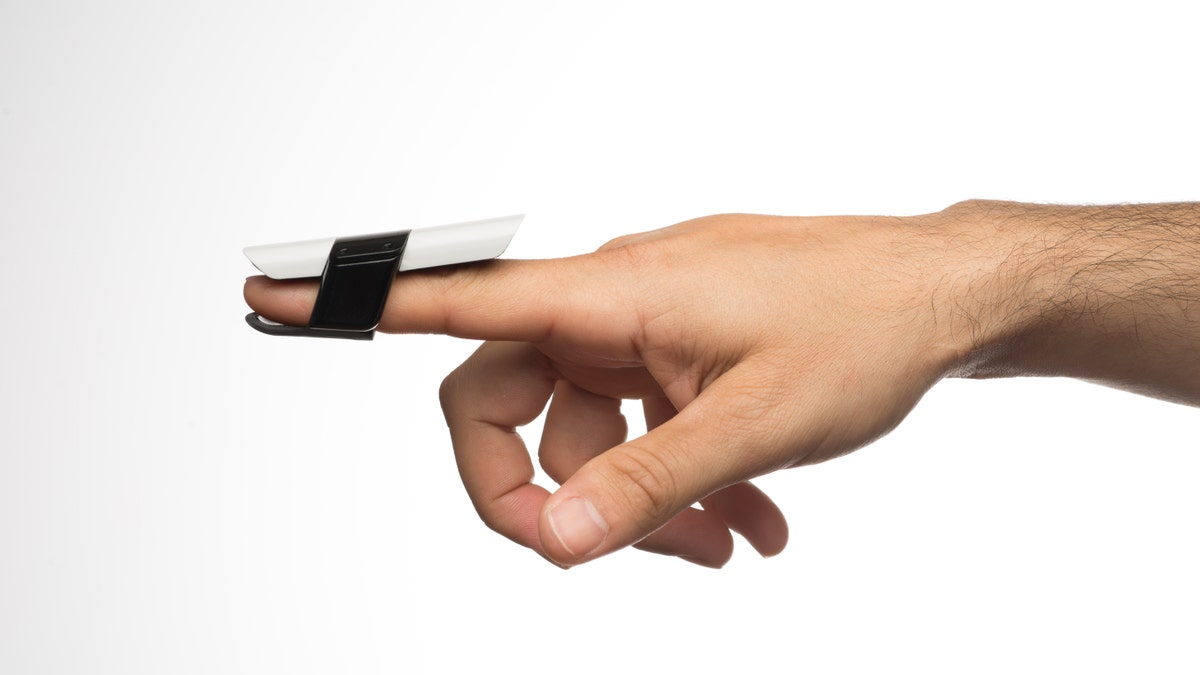
The Bird (MUV Interactive)
A man holds up his finger. A drone, rising slowly in a conference room, hovers in place. He pushes his finger out a bit, and the drone moves forward. He pulls back, and the drone follows his gesture perfectly. He lowers his finger, and the drone lands softly on the ground.
Sound like science fiction? It’s a description of a live demo with a new product called the Bird. And, it might just change how you control your connected home, run a business meeting, turn on your sprinkler system, flip through a TV guide, and dim the lights in your house.
Developed by an Israeli company called MUV Interactive, the Bird is currently in beta testing. It will launch next year. The small device attaches to your finger and looks a bit like a ring. The developers say it will only weigh about an ounce. It connects to a base station in the same room which triangulates your exact finger position right down to the centimeter.
In the demo for FoxNews.com conducted by Rami Parham, the CEO and founder of MUV, the Bird was used to control a slideshow at first. Parham swiped and clicked on slides. The device can sense pressure-sensitivity, similar to the new 3D Touch feature on the iPhone 6s. The Bird doesn’t require a special projector or software and works by syncing to the MUV base station.
Next, he showed how you can tap your finger to turn on a lamp. One of the “gotchas” of the connected home is that, while you can connect multiple gadgets to your home router, you always need to have your phone handy to turn on the lights. It’s often easier to just use the manual switch. With the Bird, as long as you wear it routinely, you just gesture toward the lamp and click. The base station senses where you are pointing and reacts accordingly.
The drone demo was particularly impressive. Parham had full control of movements, so he could pause the drone, let it fly quickly away from him, and make it come to a soft landing.
The Bird works within an area of about 100 feet. Up to ten people can wear one at the same time. In one demo, three people played the game Fruit Ninja running on an Android tablet.
“We see many applications for the education market,” said Parham, explaining that kids in a classroom could also participate in a learning exercise. It’s even possible that a future version would have haptic feedback (a slight pulse sensation), according to the CEO. This means someone could learn how to do a complex part installation (say, in a car) by following a video tutorial that provides a slight pulse when you are placing a tool in the right spot or touching the right component.
Today, there is a developer kit available to add Bird functionality to existing apps, but Parham says the device will work “out of the box” with the base station for many scenarios, including presentations and controlling screens and the connected home.
The device, which will be available in January, is expected to cost about $249, although it’s available for pre-order for $149. MUV Interactive says that it will sell the first 10,000 Birds for $149.
